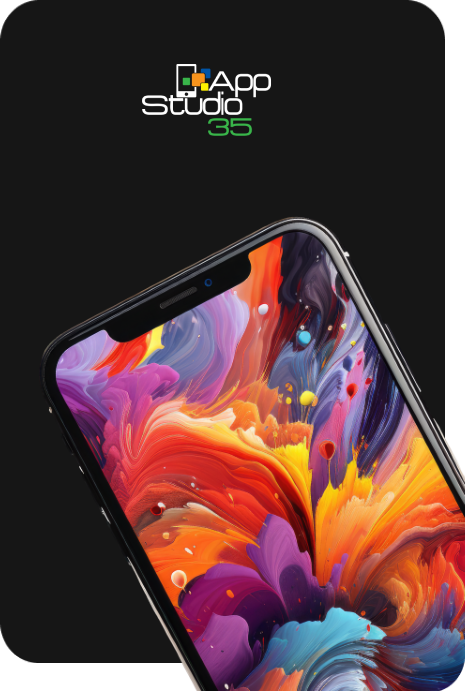Welcome to the mobile-first era where there are plenty of opportunities for mobile software developers and engineers to supercharge their apps which is critical when every experience matters to customers.
With the mobile app market continuing to grow rapidly in 2023, what lies ahead in the coming year for mobile application development? What trends and opportunities do mobile software developers and engineers need to know to remain competitive?
12 Mobile App Development Trends for 2023
Knowing the latest trends in mobile app development can help you pivot when customer expectations and market conditions change suddenly.
1. 5G
5G networks will fulfill user demand for a powerful mobile network that offers increased performance speed, fast data transfer, and lower latency. Mobile app developers can capitalize on 5G to improve app functionality and include new features, such as immersive augmented reality (AR) and virtual reality (VR) experiences, improved live-streaming, and better cloud capabilities.
2. IoT and cloud
The demand for mobile app development services is expanding in manufacturing, healthcare, and retail as companies strive to create seamless connections between smart devices and mobile apps.
Internet of Things (IoT) and the cloud offer significant benefits, including reduced operational costs, improved efficiency, and increased connections to other platforms via APIs. For example, manufacturers use IoT mobile applications to monitor equipment performance or remote work sites.
3. AI and machine learning
Artificial intelligence (AI) and machine learning (ML) will continue to be critical components of mobile app development as customer expectations for personalized app experiences grow. Real-time data collection and user behavior analytics will drive how apps personalize search, chatbot engagements, and app authentication for frictionless user journeys. Analytics can be used by ML to customize news feeds, offer AI-powered chatbots that know a customer’s history and communication preferences, and that detect fraud, suspicious activities, and potential information breaches.
4. Mobile commerce
Mobile commerce (or m-commerce) involves online purchases via a mobile app and not a mobile web page. M-commerce is quickly growing as more customers spend time on apps. Mobile wallets and in-app payment features also make it easier for users to complete purchases without having to leave the app. For this reason, more retailers are building native apps or progressive web apps (PWAs) to provide a better shopping experience.
5. Wearables
Wearable technology continues to be widely adopted, particularly in the healthcare and sports industries. Wearables, such as fitness trackers, provide users with the convenience of receiving messages and notifications while on the go. With improvements to newer models and 5G connectivity, it’s no surprise that the demand for mobile apps for wearable technology is increasing. Mobile app developers following this trend will need to focus on making apps user-friendly, responsive, and interactive.
6. Beacon technology
Beacons were introduced in 2013, but they are becoming more popular in mobile app development, particularly for retail businesses that saw revenue share increase to over 65% in 2021 from beacon deployment. Beacon technology is innovating business because it uses Bluetooth low-energy signals to transmit data based on a user’s location. For consumers, the benefits include real-time, location-specific deals and alerts. For businesses, beacons allow them to understand customer shopping preferences and patterns, turning this data into a more personalized shopping experience.
7. AR/VR
Advances in AR/VR technologies are driving the transformation of gaming, entertainment, travel, and live-streaming mobile apps. Customers want deep, immersive experiences and AR/VR technology enables them to try on clothes, see how a new sofa would look in their living room, or visualize themselves on the beach vacation of their dreams. The challenge for mobile app developers is creating experiences that can be accessed and enjoyed on older mobile devices.
Continue Reading At:

